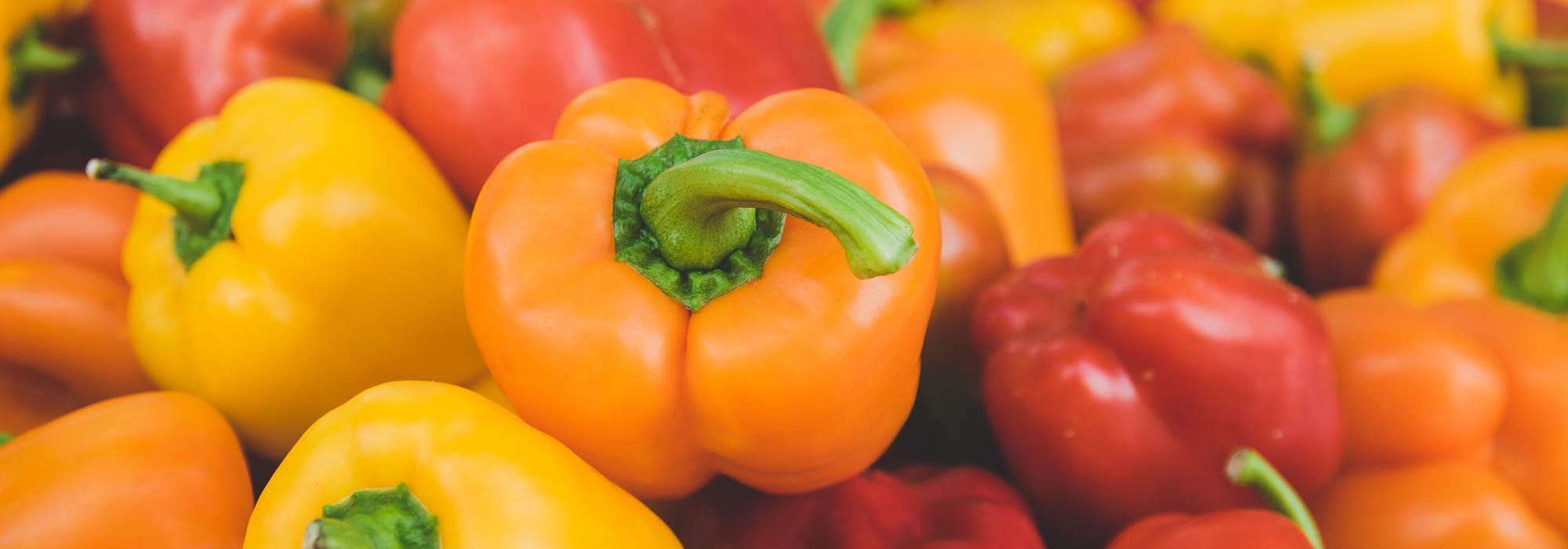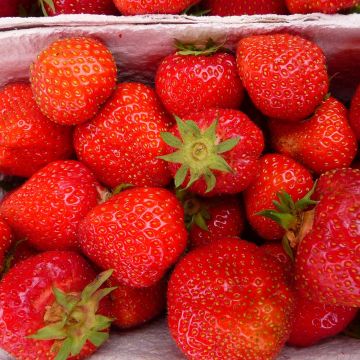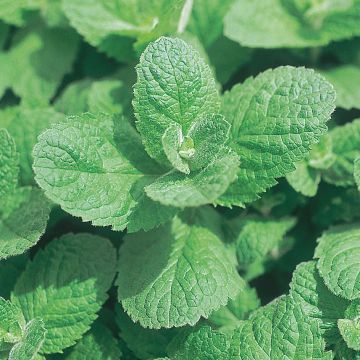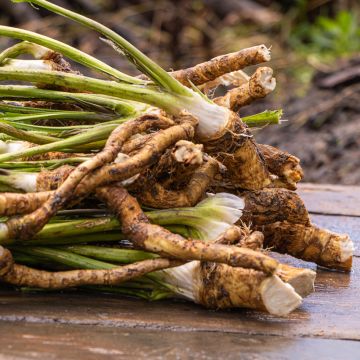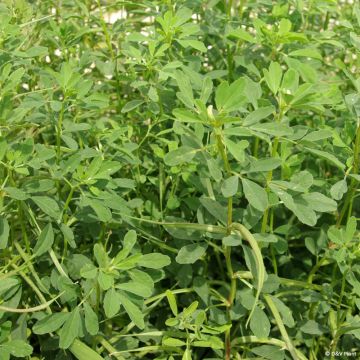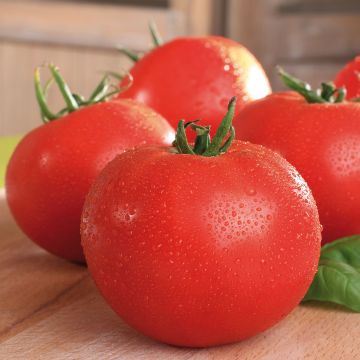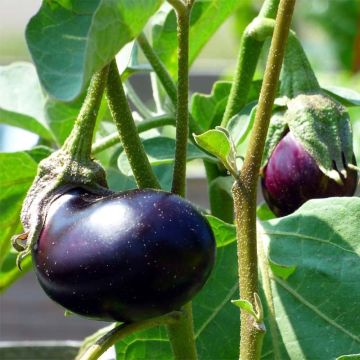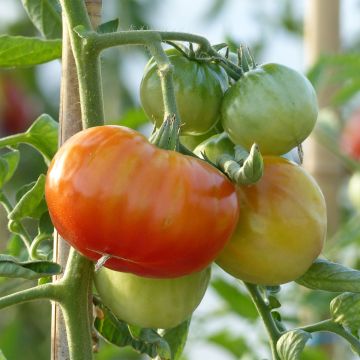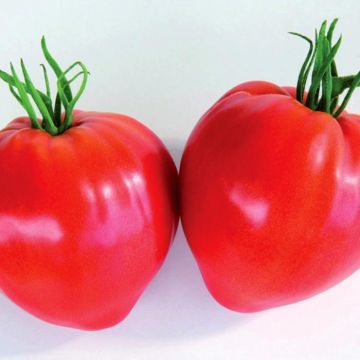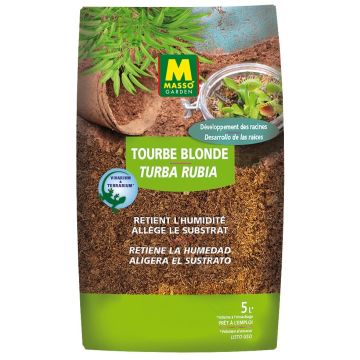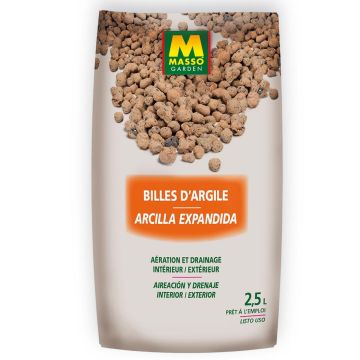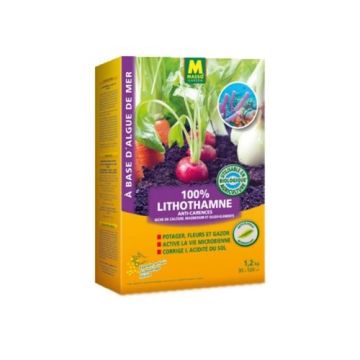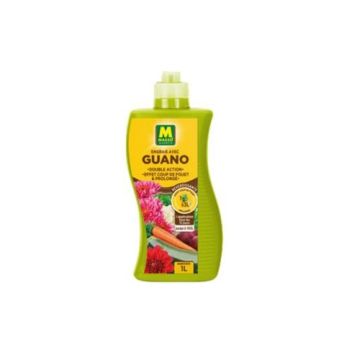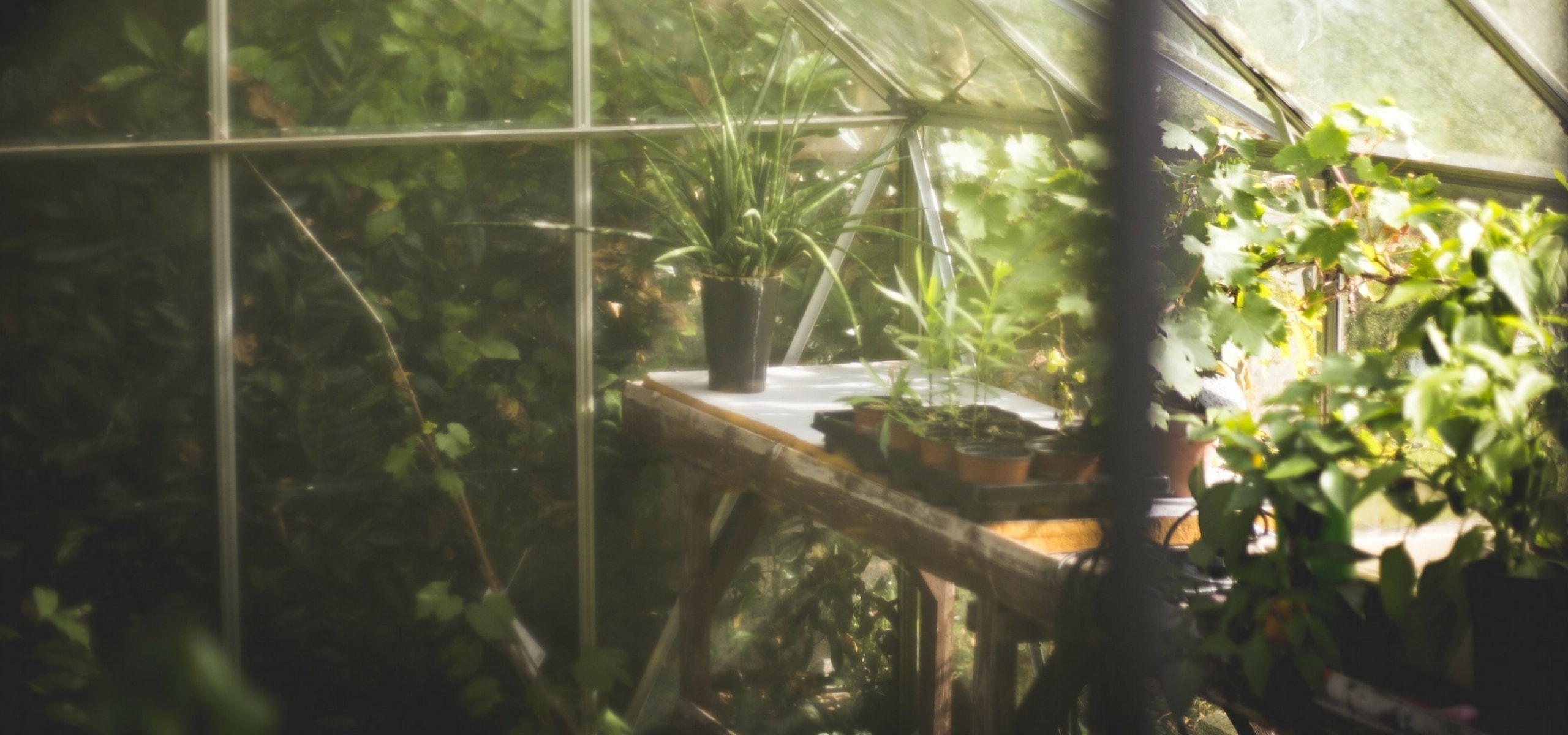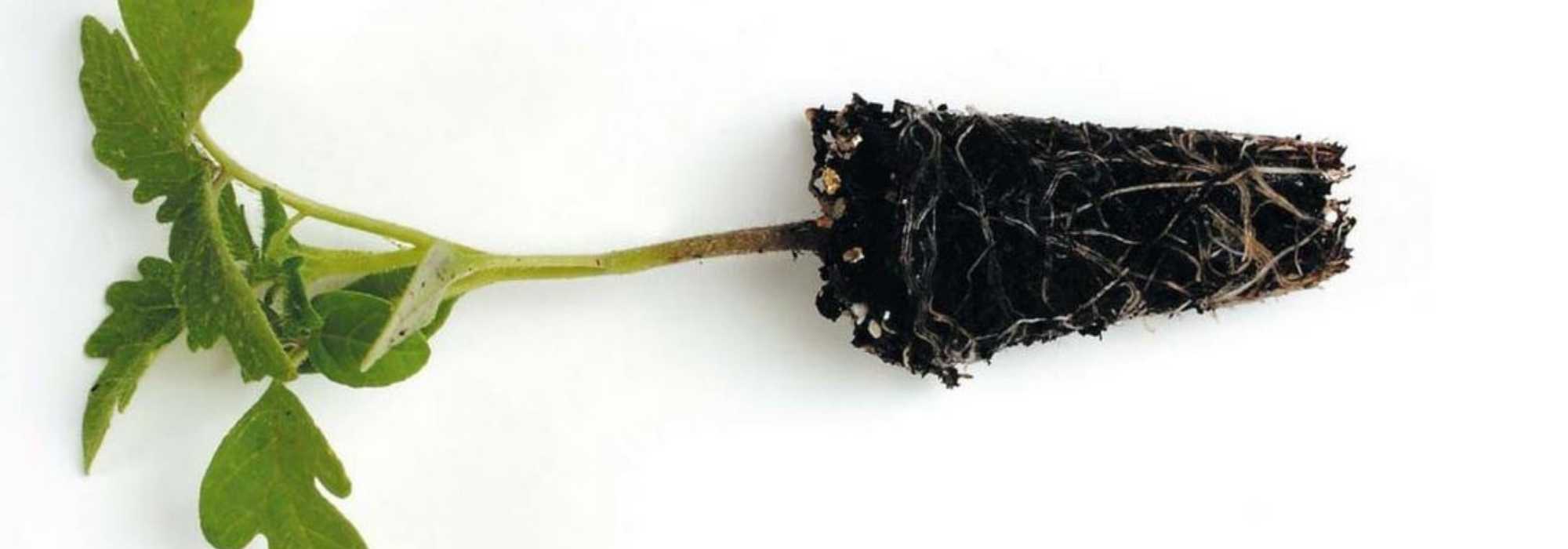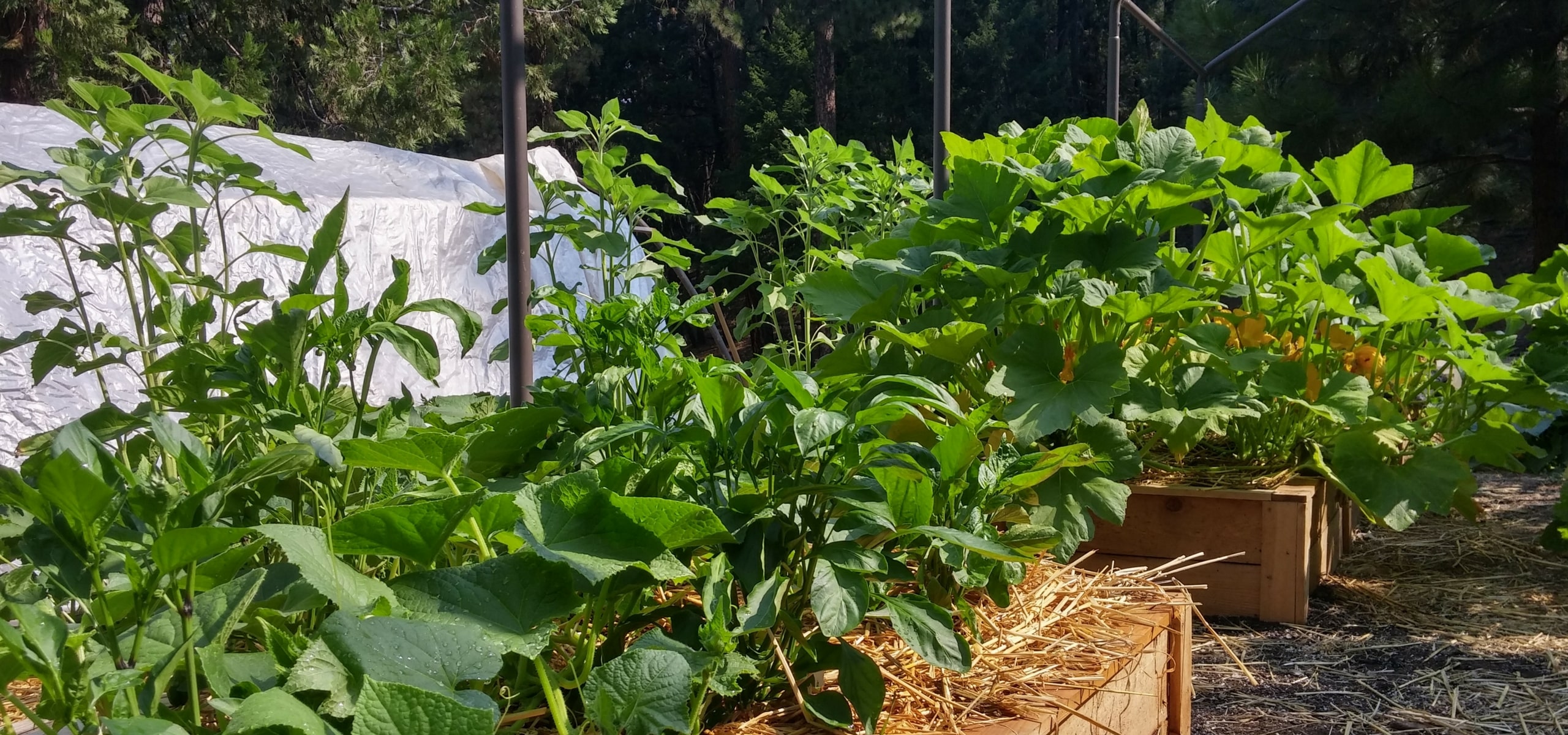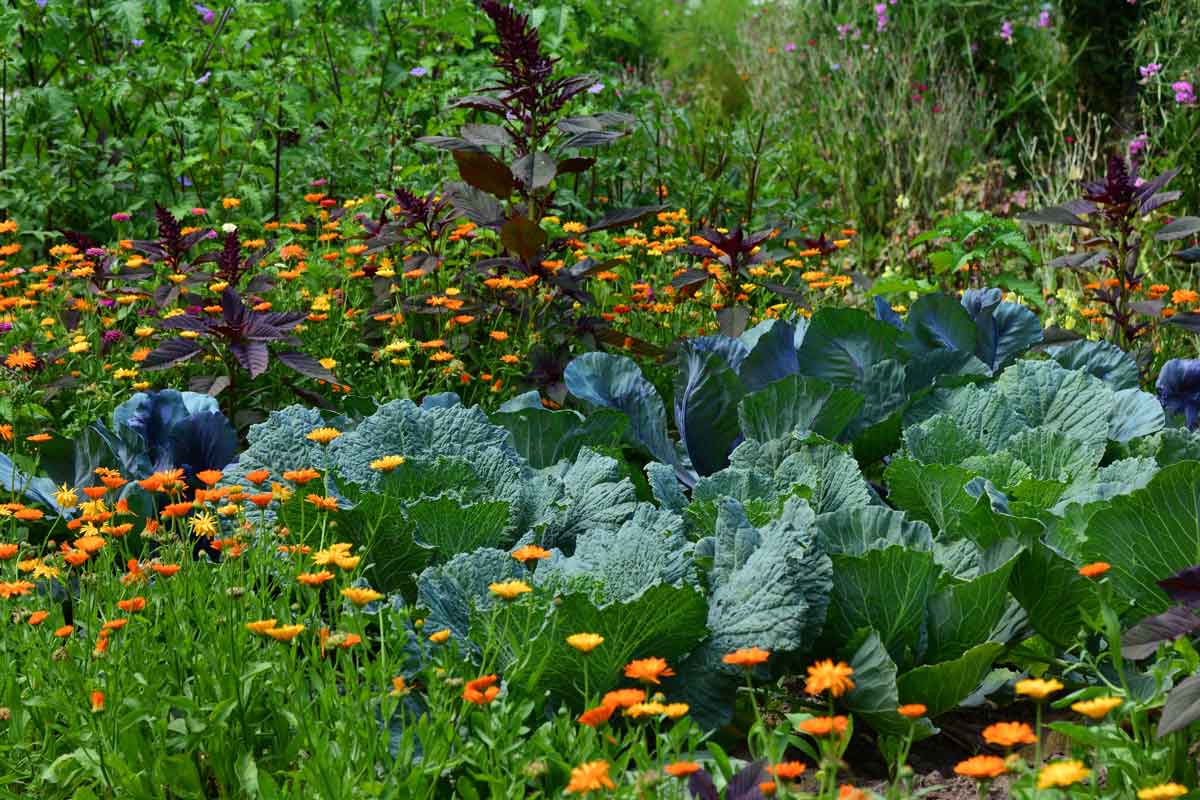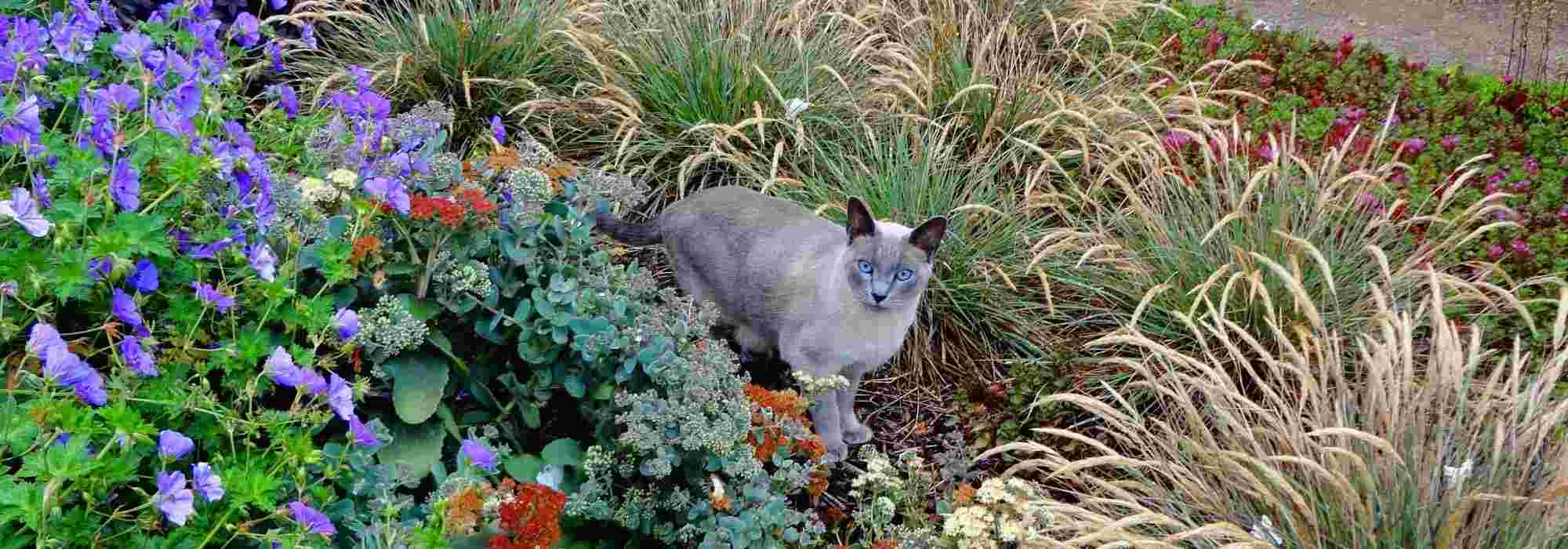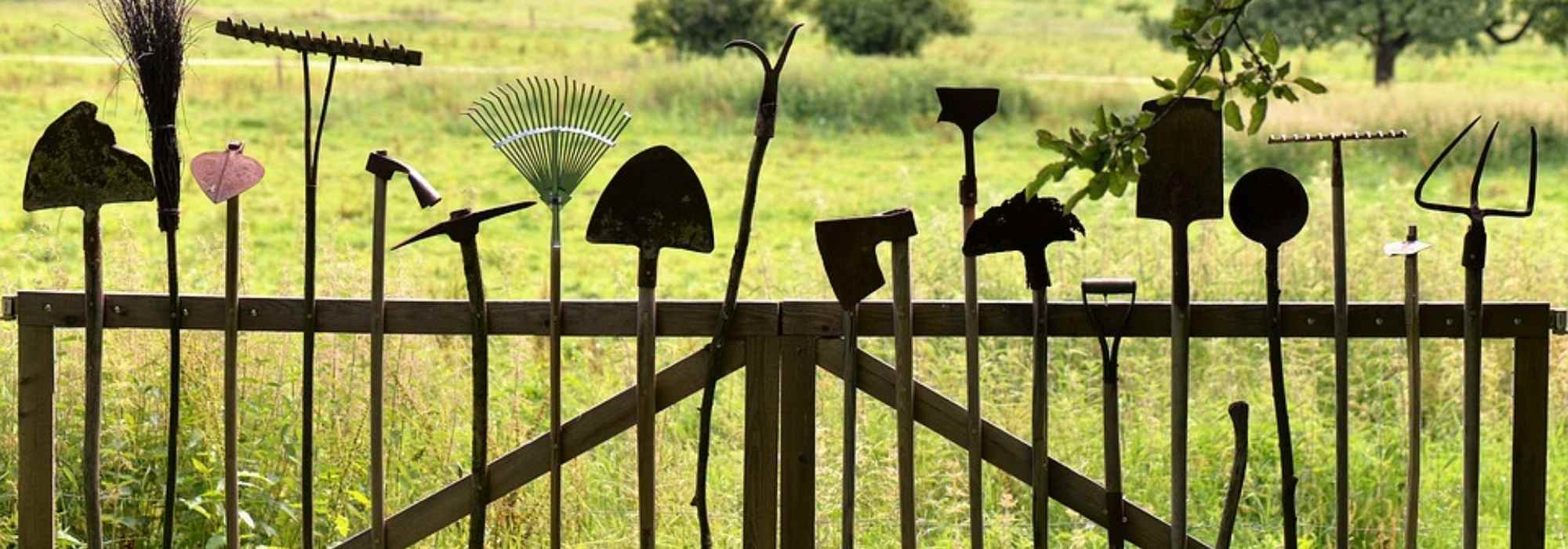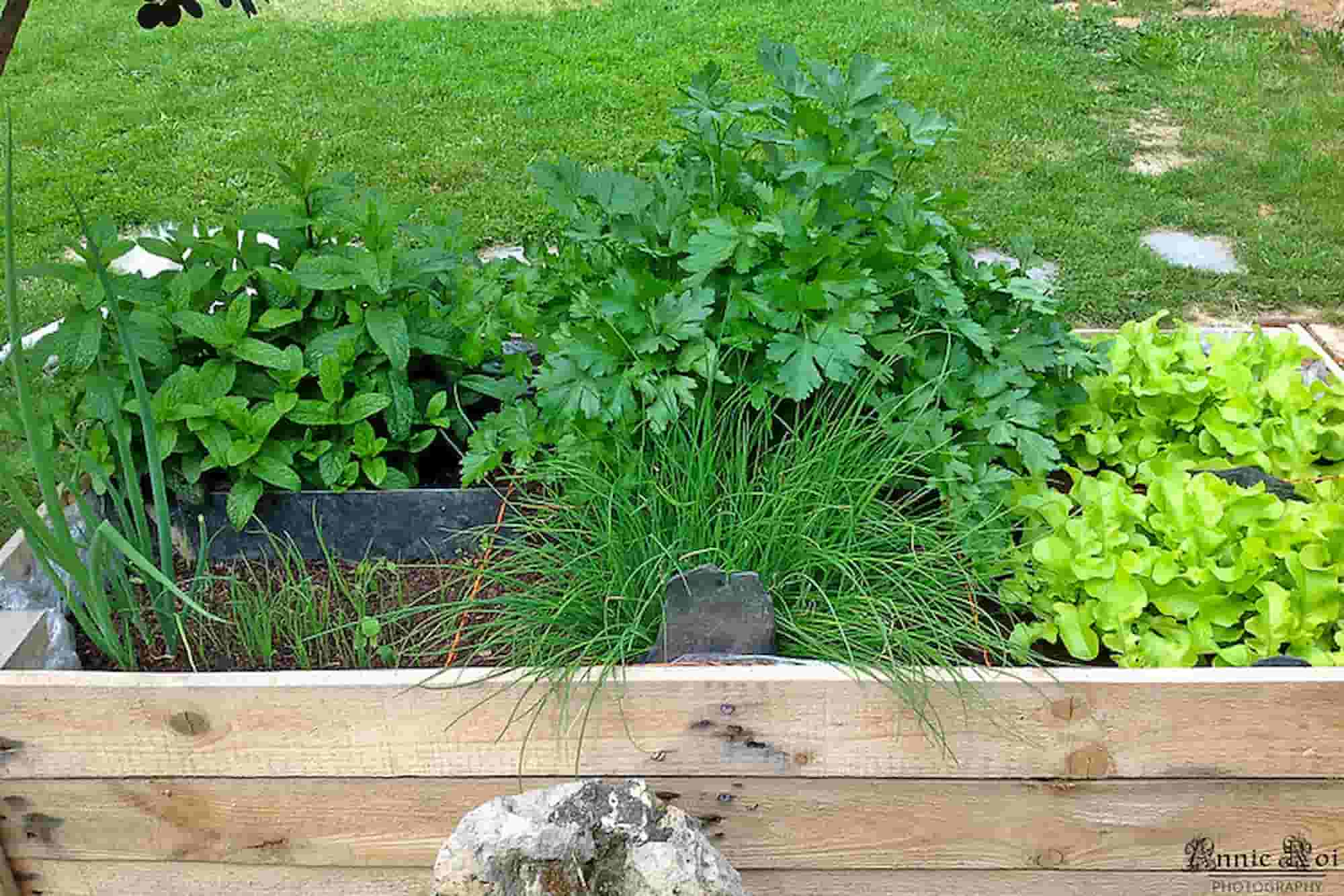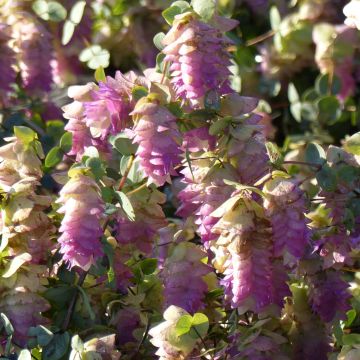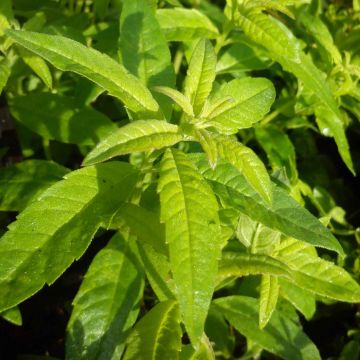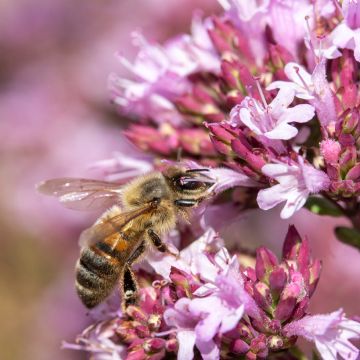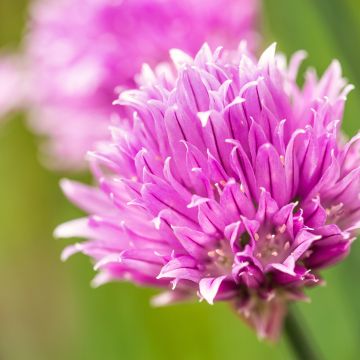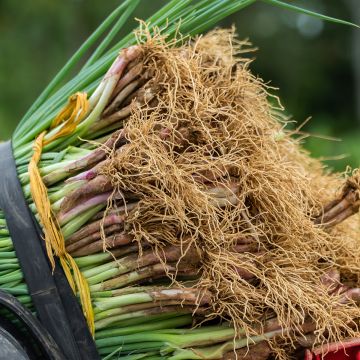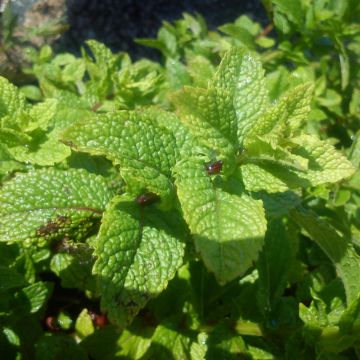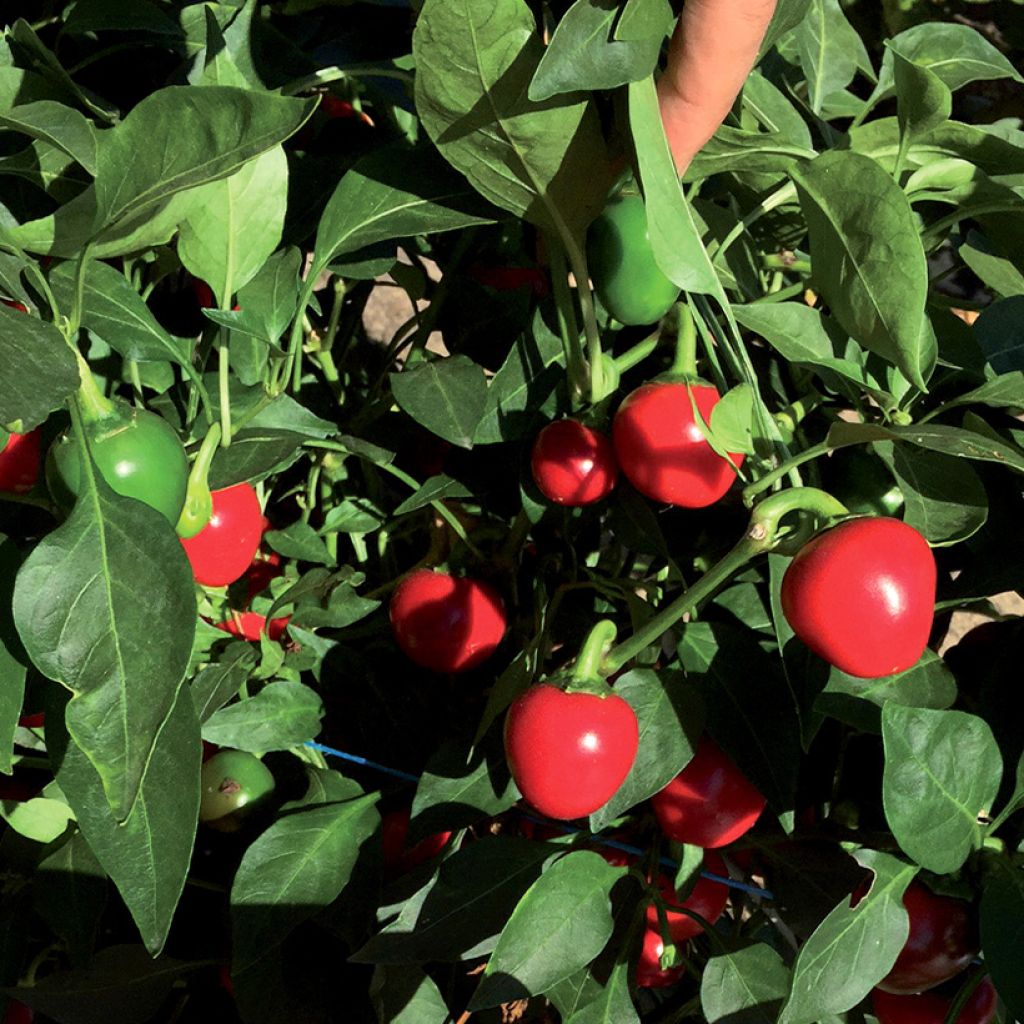

Pepper Dinero F1 - Capsicum annuum
Pepper Dinero F1 - Capsicum annuum
Capsicum annuum Dinero F1
Pepper
Special offer!
Receive a €20 voucher for any order over €90 (excluding delivery costs, credit notes, and plastic-free options)!
1- Add your favorite plants to your cart.
2- Once you have reached €90, confirm your order (you can even choose the delivery date!).
3- As soon as your order is shipped, you will receive an email containing your voucher code, valid for 3 months (90 days).
Your voucher is unique and can only be used once, for any order with a minimum value of €20, excluding delivery costs.
Can be combined with other current offers, non-divisible and non-refundable.
Home or relay delivery (depending on size and destination)
Schedule delivery date,
and select date in basket
This plant carries a 6 months recovery warranty
More information
We guarantee the quality of our plants for a full growing cycle, and will replace at our expense any plant that fails to recover under normal climatic and planting conditions.
Description
The Pepper 'Dinero F1', (Capsicum annuum) is an interesting hybrid variety for its compact growth and abundant production of small, round, and flavourful peppers. Compact and decorative, it is perfectly suited to urban gardens and container cultivation. This plant will add a gourmet and aesthetic touch to your balcony or vegetable patch. Young plants should be planted after the last frost, for harvesting from July to September.
The Pepper 'Dinero F1' is a hybrid cultivar selected for its compactness and productivity. The plant typically reaches a height of 50 to 60 cm, with a bushy habit and vigorous growth. The ovate, dark green leaves measure about 10 to 15 cm in length. The white flowers appear in the axils of the leaves, giving rise to round fruits of 3 cm in diameter. When ripe, these peppers turn from green to dark red. They offer a thick, sweet flesh, ideal for fresh consumption.
The Pepper 'Dinero F1' is a gem for creative and convivial recipes. It can be stuffed with fresh cheese, rice, or a vegetarian filling for original appetisers. Grilled or preserved, it pairs wonderfully with Mediterranean dishes, such as pasta salads or roasted vegetable platters. It can also be used raw, sliced into rounds, to add a colourful and crunchy touch to summer salads. In chutneys, its mild flavour balances perfectly with spices to accompany meat or cheeses.
The Pepper and the Chilli, from the Solanaceae family, come from the same plant! It is through successive selections that the Pepper, with its mild flavour, and the Chilli, with its spicy flavour, were obtained. The heat of Chillies is measured on the Scoville scale, ranging from 0 to 10 (0 corresponding to the Pepper). They were introduced to Europe by Christopher Columbus and quickly spread around the world. Apart from a few varieties, the Pepper and Chilli are cultivated as annuals in our climates.
Chillies and Peppers are rich in vitamins and antioxidants, including capsaicin, responsible for the more or less fiery flavour of these fruits.
These vegetable fruits are greedy plants, requiring very rich soil and thriving in full sun.
Harvesting: Harvesting takes place from August to October (or as early as July for some varieties), by cutting the peduncle with secateurs or a knife.
Storage: Peppers and Chillies can be stored for several days in the refrigerator. They can also be frozen, preserved in water or oil, or dried.
Harvest
Plant habit
Foliage
Other Vegetable plants A to Z
View all →Planting and care
Growing Dinero F1 Peppers requires warmth and sunlight.
In the ground: planting in the ground should be done when the soil is sufficiently warm and the risk of frosts has passed, around mid-May. Choose a very sunny and sheltered spot. Peppers and Chillies appreciate very rich, light, and well-drained soil. In the previous autumn, add well-rotted compost.
Space the young plants 50 cm apart in all directions. Dig a hole (3 times the volume of the root ball), add well-rotted compost to the bottom of the planting hole. Place your plants with the graft point at ground level and cover with soil. Firm well and water.
When first planting out, install a removable tunnel to gain a few degrees' temperature, especially in cooler regions. Hoe and weed carefully as the roots are shallow. Then apply a mulch.
In pots: choose a pot at least 30 cm deep. Place a layer of gravel or clay pebbles at the bottom of the pot to facilitate drainage. Fill the pot with a mixture of potting compost and well-rotted gardn compost. Place the root ball and cover with soil. Firm well and water. Place the pot in a sunny exposure. Regularly add compost.
Place plant supports. Water regularly at the base of the young plants.
It is advisable to pinch out the tops of Chilli and Pepper plants, especially in cooler regions: when the plants have 10 to 15 fruits, cut the tips of the stems one leaf above the last fruit.
In vegetable gardens, the plant flowers will attract pollinating insects. In terms of crop rotation, wait 3 years before growing these Solanaceae again.
Cultivation
Care
Intended location
Planting & care advice
This item has not been reviewed yet - be the first to leave a review about it.
Similar products
Haven't found what you were looking for?
Hardiness is the lowest winter temperature a plant can endure without suffering serious damage or even dying. However, hardiness is affected by location (a sheltered area, such as a patio), protection (winter cover) and soil type (hardiness is improved by well-drained soil).

Photo Sharing Terms & Conditions
In order to encourage gardeners to interact and share their experiences, Promesse de fleurs offers various media enabling content to be uploaded onto its Site - in particular via the ‘Photo sharing’ module.
The User agrees to refrain from:
- Posting any content that is illegal, prejudicial, insulting, racist, inciteful to hatred, revisionist, contrary to public decency, that infringes on privacy or on the privacy rights of third parties, in particular the publicity rights of persons and goods, intellectual property rights, or the right to privacy.
- Submitting content on behalf of a third party;
- Impersonate the identity of a third party and/or publish any personal information about a third party;
In general, the User undertakes to refrain from any unethical behaviour.
All Content (in particular text, comments, files, images, photos, videos, creative works, etc.), which may be subject to property or intellectual property rights, image or other private rights, shall remain the property of the User, subject to the limited rights granted by the terms of the licence granted by Promesse de fleurs as stated below. Users are at liberty to publish or not to publish such Content on the Site, notably via the ‘Photo Sharing’ facility, and accept that this Content shall be made public and freely accessible, notably on the Internet.
Users further acknowledge, undertake to have ,and guarantee that they hold all necessary rights and permissions to publish such material on the Site, in particular with regard to the legislation in force pertaining to any privacy, property, intellectual property, image, or contractual rights, or rights of any other nature. By publishing such Content on the Site, Users acknowledge accepting full liability as publishers of the Content within the meaning of the law, and grant Promesse de fleurs, free of charge, an inclusive, worldwide licence for the said Content for the entire duration of its publication, including all reproduction, representation, up/downloading, displaying, performing, transmission, and storage rights.
Users also grant permission for their name to be linked to the Content and accept that this link may not always be made available.
By engaging in posting material, Users consent to their Content becoming automatically accessible on the Internet, in particular on other sites and/or blogs and/or web pages of the Promesse de fleurs site, including in particular social pages and the Promesse de fleurs catalogue.
Users may secure the removal of entrusted content free of charge by issuing a simple request via our contact form.
The flowering period indicated on our website applies to countries and regions located in USDA zone 8 (France, the United Kingdom, Ireland, the Netherlands, etc.)
It will vary according to where you live:
- In zones 9 to 10 (Italy, Spain, Greece, etc.), flowering will occur about 2 to 4 weeks earlier.
- In zones 6 to 7 (Germany, Poland, Slovenia, and lower mountainous regions), flowering will be delayed by 2 to 3 weeks.
- In zone 5 (Central Europe, Scandinavia), blooming will be delayed by 3 to 5 weeks.
In temperate climates, pruning of spring-flowering shrubs (forsythia, spireas, etc.) should be done just after flowering.
Pruning of summer-flowering shrubs (Indian Lilac, Perovskia, etc.) can be done in winter or spring.
In cold regions as well as with frost-sensitive plants, avoid pruning too early when severe frosts may still occur.
The planting period indicated on our website applies to countries and regions located in USDA zone 8 (France, United Kingdom, Ireland, Netherlands).
It will vary according to where you live:
- In Mediterranean zones (Marseille, Madrid, Milan, etc.), autumn and winter are the best planting periods.
- In continental zones (Strasbourg, Munich, Vienna, etc.), delay planting by 2 to 3 weeks in spring and bring it forward by 2 to 4 weeks in autumn.
- In mountainous regions (the Alps, Pyrenees, Carpathians, etc.), it is best to plant in late spring (May-June) or late summer (August-September).
The harvesting period indicated on our website applies to countries and regions in USDA zone 8 (France, England, Ireland, the Netherlands).
In colder areas (Scandinavia, Poland, Austria...) fruit and vegetable harvests are likely to be delayed by 3-4 weeks.
In warmer areas (Italy, Spain, Greece, etc.), harvesting will probably take place earlier, depending on weather conditions.
The sowing periods indicated on our website apply to countries and regions within USDA Zone 8 (France, UK, Ireland, Netherlands).
In colder areas (Scandinavia, Poland, Austria...), delay any outdoor sowing by 3-4 weeks, or sow under glass.
In warmer climes (Italy, Spain, Greece, etc.), bring outdoor sowing forward by a few weeks.






























